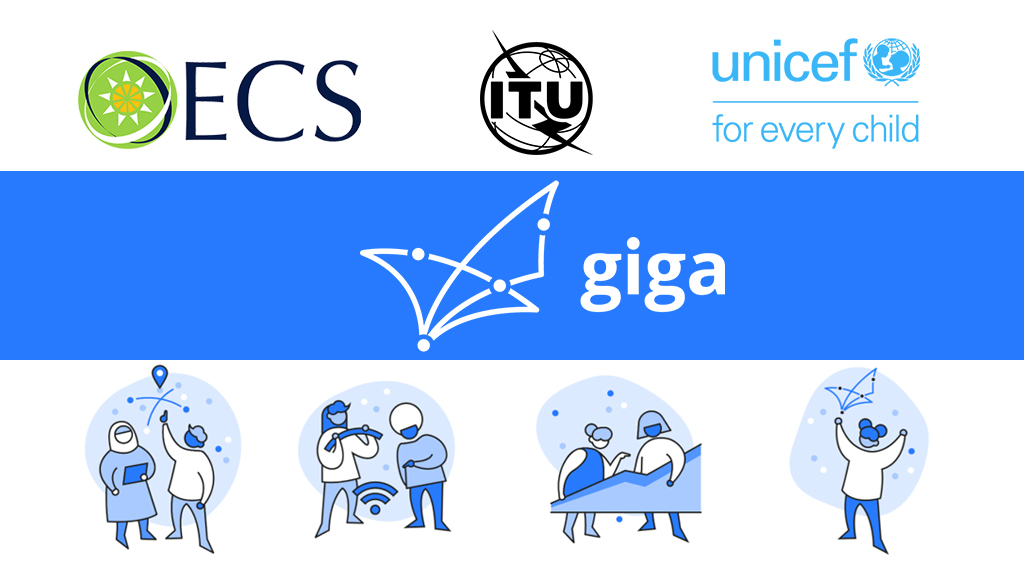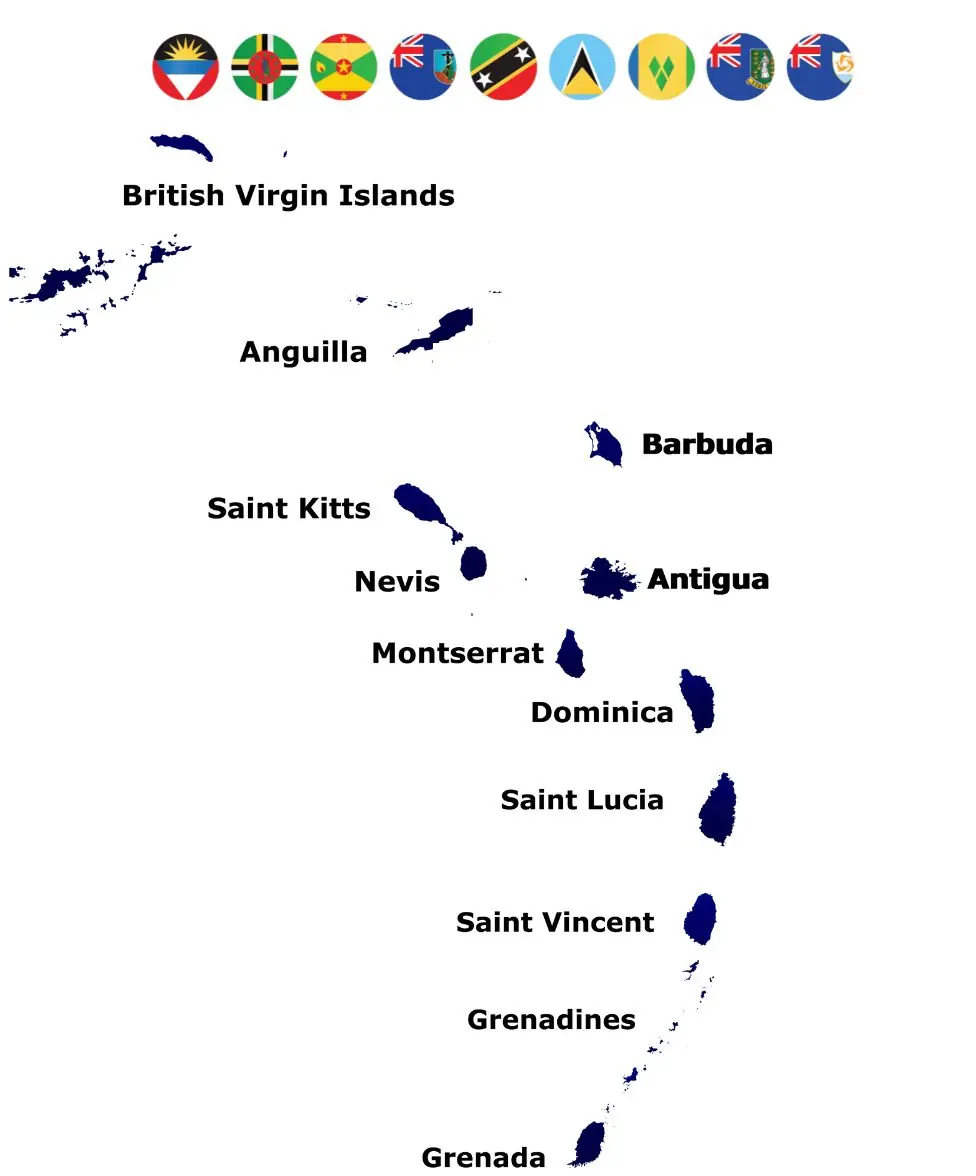
OECS Giga
OECS Giga is a global initiative "to connect every school to the internet by 2030" This project was designed by the United Nations Children's Fund (UNICEF) and International Telecommunication Union in 2019. Giga has grown since it launched as it was showcased in the United Nation Secretary General Common Agenda which looks at the next 25 Years of the United nation's vision of the future of global cooperation. Giga was also part of United Nations roadmap for Digital Cooperation signifying how important it is for every child to be connected to the world wide web.




To achieve its objective, Gigia's Work is organised under the
following three pillars
Finance
Collaborating with the government advising them on sustainable and affordable country-specific models to help bridge the digital divide when it comes to access to the internet. Part of this includes subsidised market creation cost and incentivizing private sector investment.
Connect
Providing guidance on the best technical solution for the school and countries' infrastructure to ensure safe, secure, reliable and fit-for-purpose systems to support children's educational needs with the use of technology.
Participating Member States

The Participating Member States for Giga are Antigua and Barbuda, Anguilla, British Virgin Islands, Dominica, Grenada, Montserrat, Saint Kitts and Nevis, Saint Lucia and Saint Vincent and the Grenadines and with the collaboration between OECS, UNICEF and ITU signed on 8th August to "improve access to broadband connectivity, digital tools and services, and a learning environment in their schools that provides them with the 21st Century skills needed to thrive in a digital and connected world".This goal was broken down into the following four key performance indicators, which were set out in the Agreement:


